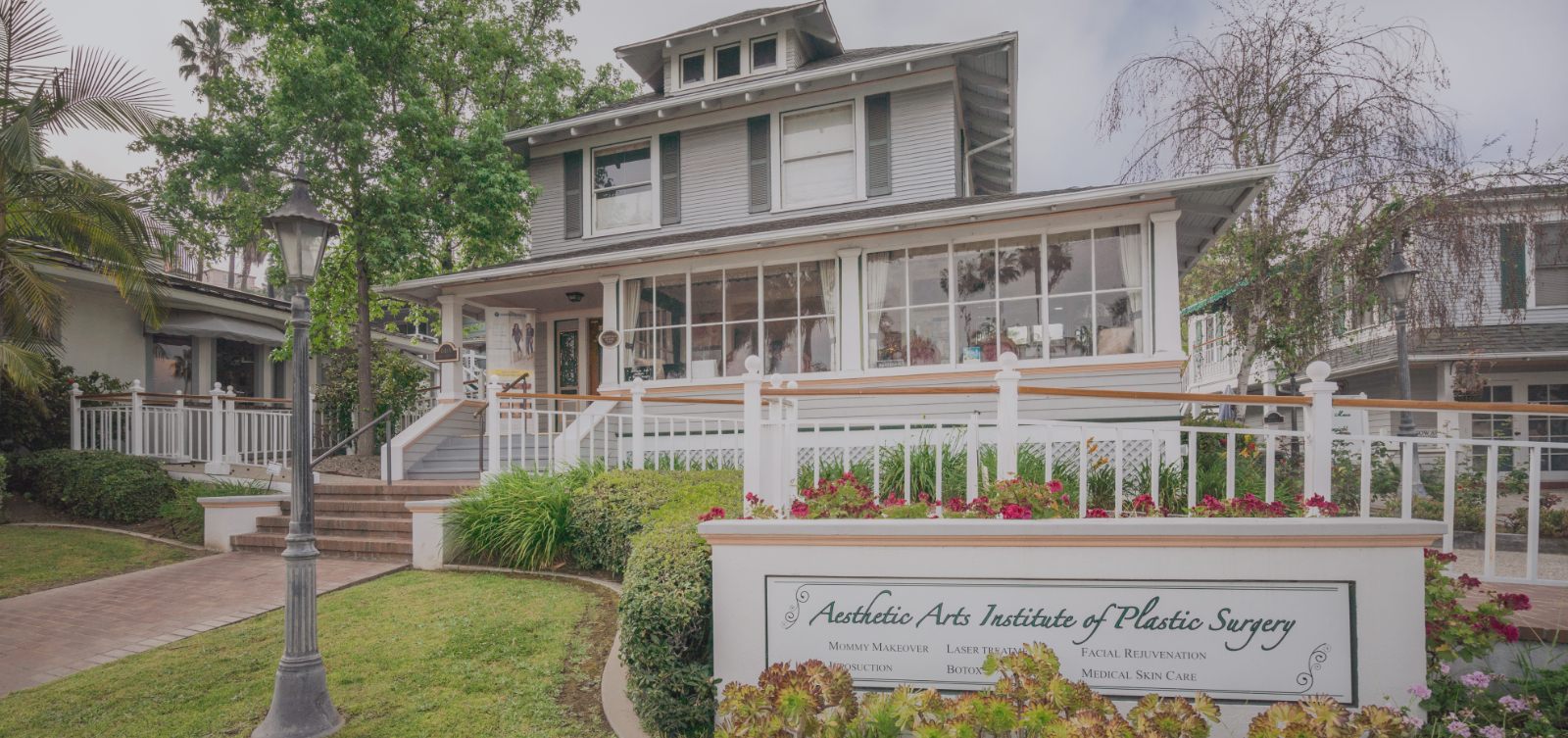Breast cancer is one of the most frightening diagnoses a woman can receive today. The good news is most breast cancers can be effectively treated if they are detected in their earliest stages. This is where regular breast examinations come into play. Both clinical and self-breast examinations, when performed properly and on a regular basis, are instrumental in detecting breast cancer early so that treatment may be administered.
Self-Breast Exams
Many organizations recommend monthly self-breast examinations to detect any changes to the breasts as quickly as possible. The best time to perform your exam is a few days after your menstrual period, when the breasts are least likely to be swollen and sore. The National Breast Cancer Foundation encourages women to perform self-exams three different ways; in the shower, in front of a mirror and while lying down. Changes to look for include:
- Changes to the size or shape of the breast
- Lumps or hardened areas of the breast
- Nipple discharge, particularly when discharge is bloody
- Swelling in an area of the breast or the lymph nodes
- Skin changes or irritation, including dimpling and thickening of the skin
If you note any changes to your breasts, contact your healthcare provider for a more thorough assessment. Keep in mind that the large majority of lumps detected in the breasts are not cancerous. However, they should be evaluated by a professional to determine whether any treatment is needed.
Clinical Breast Exams
Clinical breast examinations are performed by healthcare professionals specially trained in breast assessment. Most women have these exams at the same time as their annual appointment or when they notice a change to the breast. Clinical examinations usually take just a few minutes to complete and the information gained can be life-saving. If your healthcare professional does not typically conduct a breast examination at your annual appointment, be sure to request one.
Mammography
Mammography is recommended annually for women over the age of 40. Women at increased risk for breast cancer may begin their mammograms earlier. A mammogram is a type of x-ray that is used to detect potential breast cancer. This procedure can often detect cancerous tumors when they are still quite small and very treatable. It is most effective when it is combined with self and clinical breast examinations.
Mammography is also used if something unusual is detected during a manual examination. Known as a “diagnostic” mammogram, these tests often precede a biopsy, which removes a small piece of the detected lump so it can be assessed for cancer. Even with mammography, eight of 10 lumps detected are non-cancerous, so women can be assured that even if a lump is found, it is not necessarily cancer.
Breast Enhancement Options
For women with healthy breasts, enhancement procedures are available. Whether you would like to change the size, shape or position of your breasts, the staff at Aesthetic Arts Institute of Plastic Surgery can help.
Contact us today at (619) 464-9876 to learn more about how we can help you achieve your aesthetic goals.



